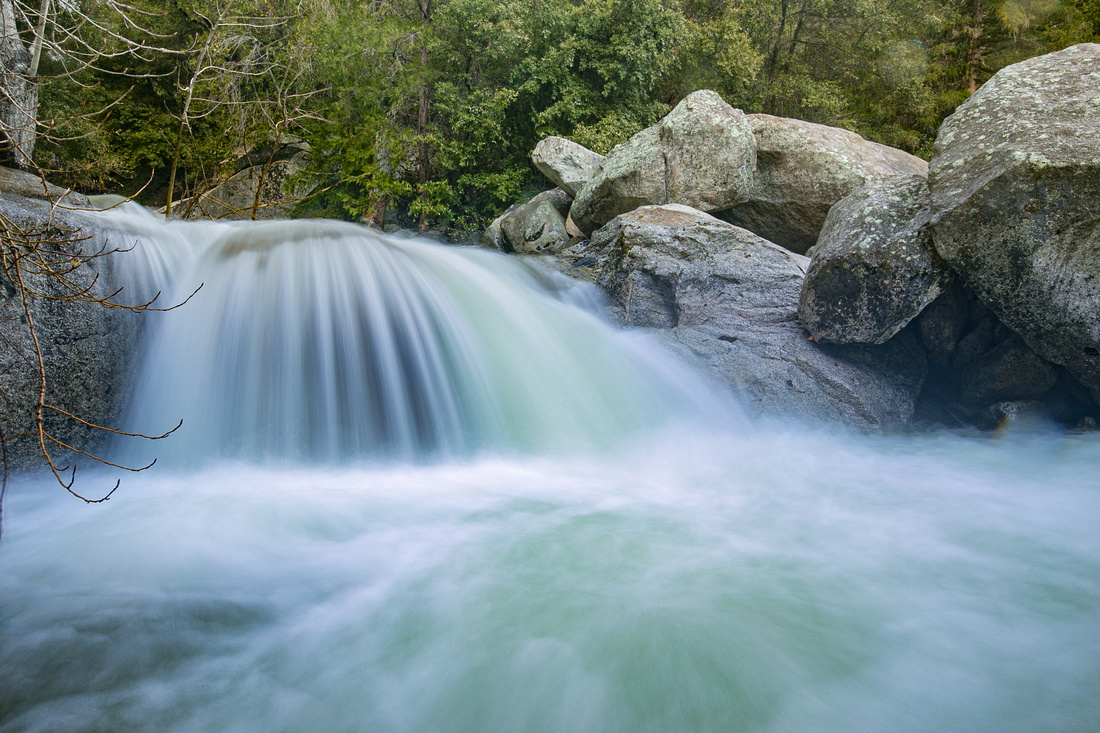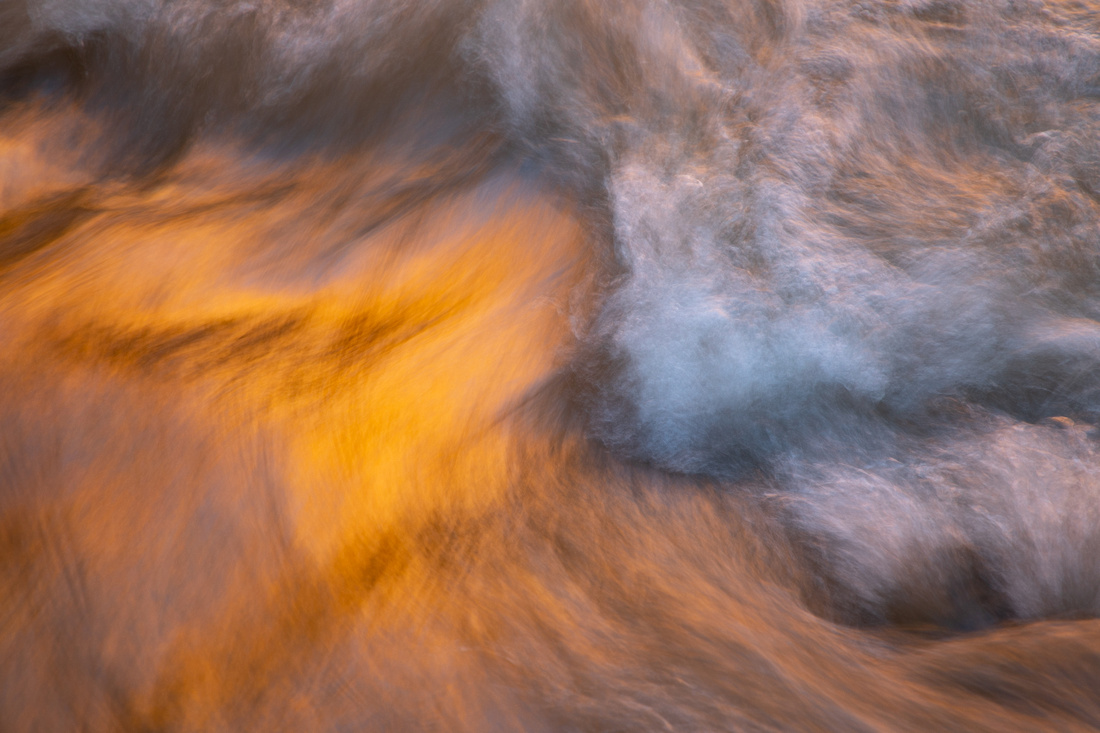Intimate Landscapes
Capturing Intimate Landscapes In Nature Photography
Text and photos by Heather Cline
 
Tamarack Creek, Yosemite National Park |
When we talk about landscape photography, we tend to think of broad, sweeping vistas that are captured with wide-angle lenses. These types of landscapes are the easiest to find but if you slow down and look closer, you can find intimate landscapes within the larger setting and these can often make for more interesting and dynamic compositions than the larger view they are part of.
Intimate landscapes are made up of the small details within a larger scene. They offer a hint of the larger landscape, allowing the viewer to see what lies within the frame, but also to consider why lies beyond it.
Consider how many photographs there are of the iconic landmarks of Yosemite. These have been captured by millions of tourists over the years. But how many people slow down and capture the subjects within the park that aren't handed to us on a silver platter? With a little work, you can create unique images that many others overlook. Adding these types of photographs to your portfolio can also add depth since such photos help tell more of a story about a place than a grand landscape often can on its own.
Intimate landscapes offer a more personal view of nature because they require a connection between the photographer and the subject. This can be rewarding for both the photographer and the viewer.
This article will cover some considerations when looking for and capturing these landscapes.
Finding the hidden jewels
Finding the intimate landscape in the larger scene can be very rewarding. With a little patience and investigating, you may find a jewel that others have overlooked.
It can be helpful to begin by photographing the larger landscape then working the scene by walking around and trying different vantage points. Depending on the subject matter and lighting conditions, you could spend hours working one scene. One of the best ways to improve your ability to identify smaller scenes is to dedicate time for exploration. This can be accomplished by arriving to your next sunset location a few hours early and dedicate time to walking and working the scene.
 
Corn Lilies, Lassen National Park |
Lighting
Like any form of photography, lighting is key. Because these types of images focus on details, it becomes even more critical.
Soft light can help limit distracting highlights and shadows. For landscape images, dawn, dusk, and overcast days may yield the best conditions for capturing soft light. For smaller scenes, you can easily create your own lighting situation with reflectors and shades.
In contrast, direct light can be very effective for highlighting details or creating backlit scenes with a little drama.
Translucence: light shining through the subject, like translucent plants or waves.
- Reflected light: colorful light from a light source is reflecting onto your subject, like sunset light reflecting onto a wet surface like sand or rocks.
- Backlight: light that comes from behind your subject, often lighting up the edges.
- Side light: light coming at a subject from the side, often when the sun is low in the sky. This kind of light can emphasize textures and add depth.
- Soft, flat light: indirect light that can minimize shadows, highlights, and strong contrast.
- Direct light: strong, sometimes harsh, light that can emphasize contrasts, highlights, and shadows.
|
Zabriskie Point, Death Valley National Park |
Texture and Patterns
Some locations lend themselves to highlighting texture within the greater landscape. Canyon walls, cracked mud, tree bark and leaves are just a handful of examples that exist. When it comes to textures in the natural world, the possibilities are endless.
Texture is also affected by lighting so if you have an opportunity to return to a scene to photograph is different lights, you might be surprised by the results.
Texture is an easy and reliable way to draw the viewer into an intimate landscape because it creates a 3d effect that can make the viewer feel like they can reach out and feel the subject.
 
Frost on leaves, American River, Sacramento, California |
Movement
Water is one of my favorite photographic subjects and is highly effective as a main subject or component of the intimate landscape. There are a few key considerations to keep in mind when including water in your next intimate landscape:
- Capture motion - freeze with fast shutter speeds or show movement with slow shutter speeds.
- Look for reflected light and subjects in the surface
- Get close - if safe to do so, get close to the water's surface to capture a different perspective
|
|
I hope this article has inspired you to find an intimate landscape hidden within the grand scene the next time you are out in the field. Capturing these types of images can be very rewarding because they allow you to slow down, be more creative, and will ultimately round out your portfolio of an area. To see more of my intimate landscapes, check out my gallery here.

